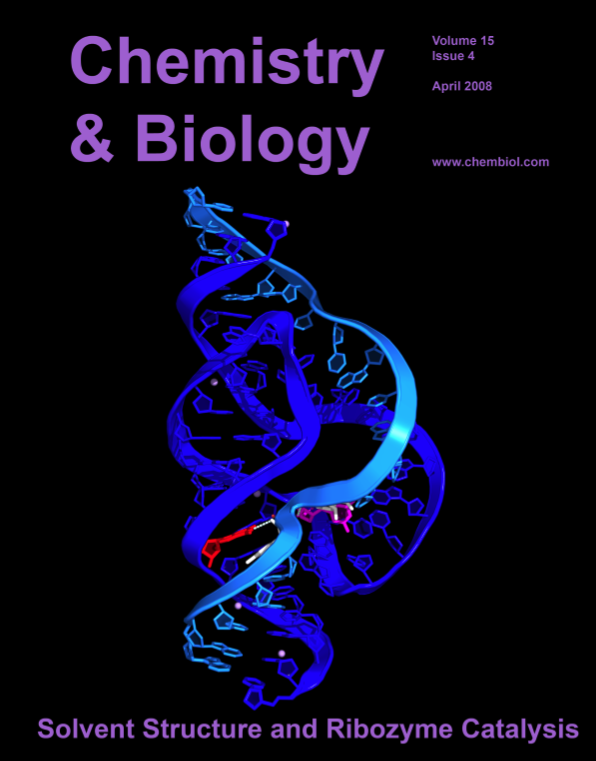Main Page: Difference between revisions
Jump to navigation
Jump to search
(News update) |
(Replace link to "Google search" page with link to "PyMOL mailing list" page) |
||
| Line 17: | Line 17: | ||
| style="font-size: 1.1em; color #61021F; padding: 0.5em 1em 0.5em 3em;"|'''[[Gallery]]''' | '''[[Covers]]''' | | style="font-size: 1.1em; color #61021F; padding: 0.5em 1em 0.5em 3em;"|'''[[Gallery]]''' | '''[[Covers]]''' | ||
||'''[[CheatSheet|PyMOL Cheat Sheet]]''' (''[[Media:PymolRef.pdf|PDF]]'') | ||'''[[CheatSheet|PyMOL Cheat Sheet]]''' (''[[Media:PymolRef.pdf|PDF]]'') | ||
||'''[[ | ||'''[[PyMOL_mailing_list|Getting Help]]''' | ||
|} | |} | ||
Revision as of 02:29, 21 October 2015
| The community-run support site for the PyMOL molecular viewer. |
| New accounts: email jason (dot) vertrees (@) gmail dot com |
| Tutorials | Table of Contents | Commands |
| Script Library | Plugins | FAQ |
| Gallery | Covers | PyMOL Cheat Sheet (PDF) | Getting Help |
|
|
 A Random PyMOL-generated Cover. See Covers.
|